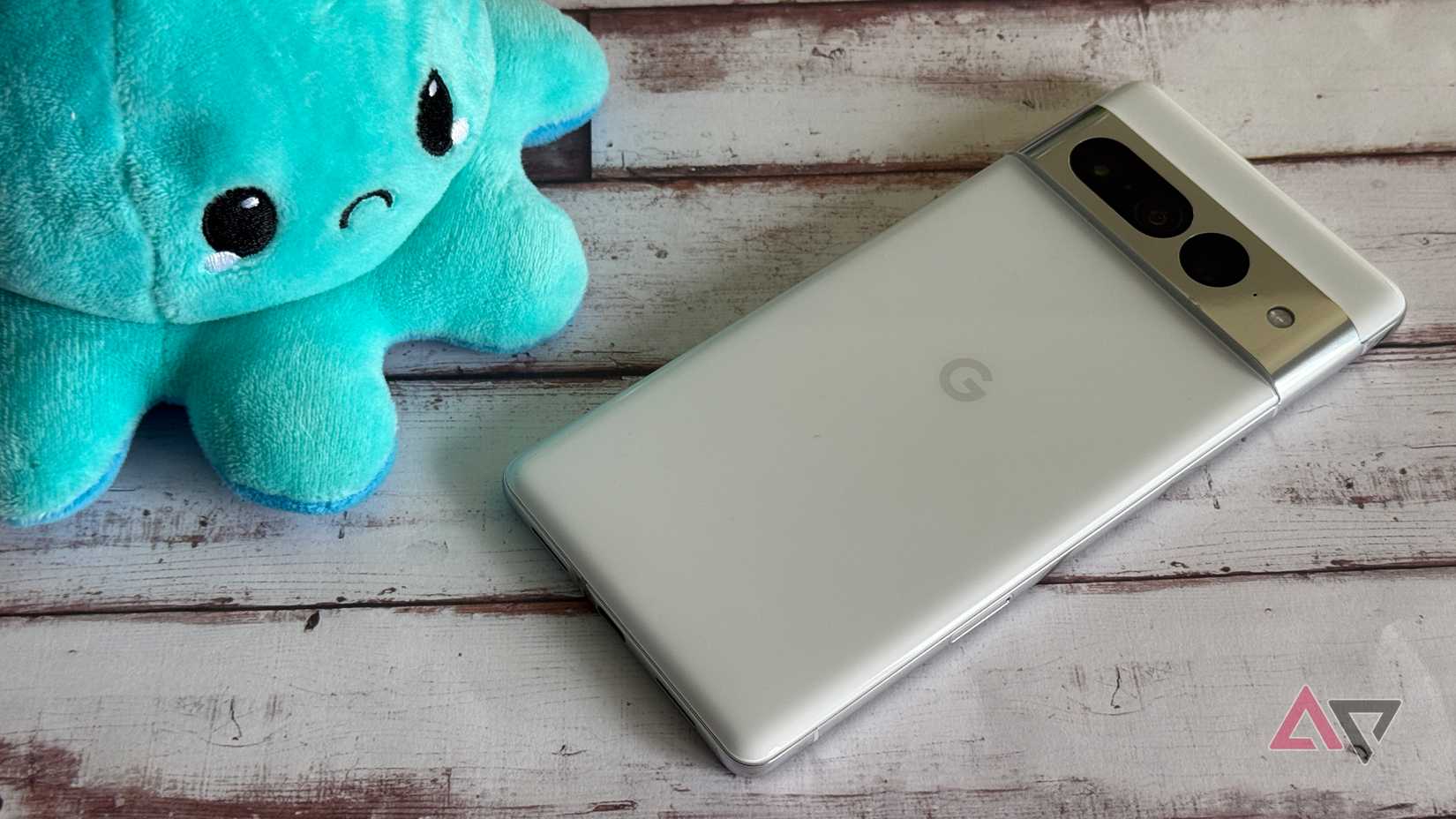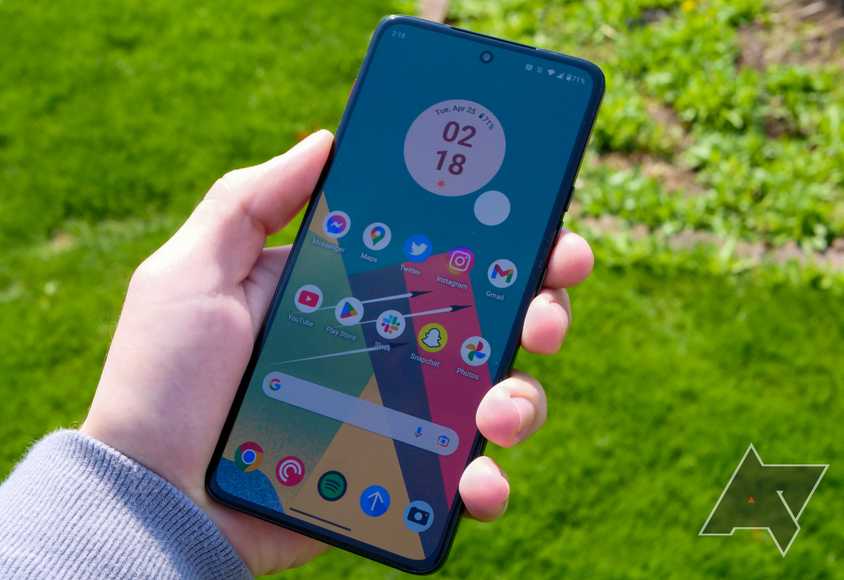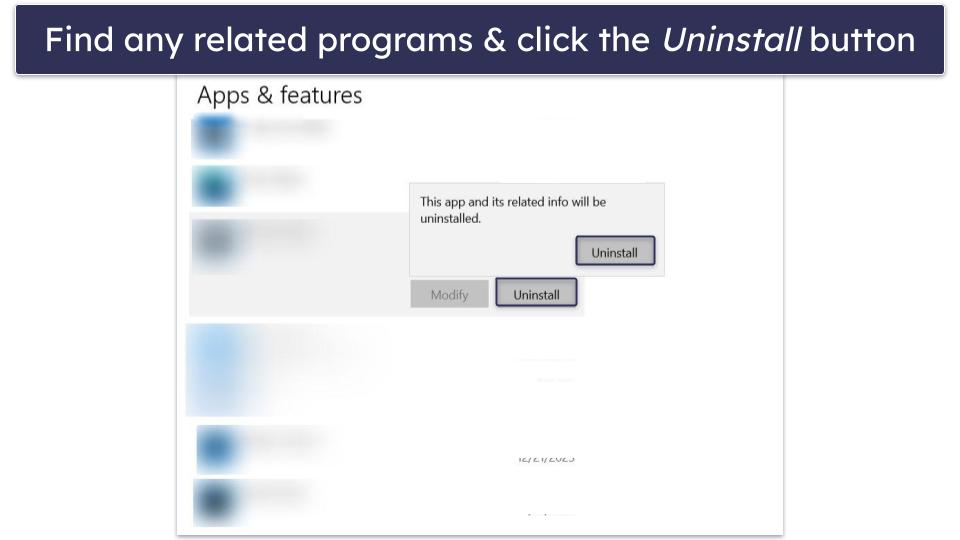Google added Gemini integration to Google Home in 2024. While basic at first, the company has steadily improved the integration, making Gemini a better smart home assistant than Google Assistant.
Earlier this year, it also announced several new Google Home features, all of which are powered by its new AI assistant.
While Google has only scratched the surface of how Gemini can help with smart home control, one trick has already made managing my smart home faster and smarter.
The problem with Google Home Routines
They lack flexibility
Google Home Routines are great for automating smart home devices, especially if you follow a fixed schedule.
You can group multiple actions into one, and then trigger them based on the time of the day, sunrise or sunset, motion detection, or a specific voice command to Google Assistant or Gemini.
However, real life rarely sticks to a strict schedule. So, while I set a Google Home Routine that turns on my office lights daily at 10 a.m., I may not reach work by then due to traffic conditions.
Adding a motion sensor to trigger the routine does not work, as the automation will trigger even if someone else steps into the room.
Similarly, a location-based trigger is not ideal, as it can still take me a while to reach my office after arriving at the building.
Ideally, a Wi-Fi-based trigger would have been ideal here, but that’s not possible with Google Home Routines right now.
Similarly, every evening when I leave the gym, I use the Google Home app to turn on the water heater in my home. Since there’s no fixed time for when I leave the gym daily, I can’t automate this process.
On weekends, when I’m heading home from an outing, I like to switch on the AC in my room about 15 minutes before I arrive, so it’s nice and cool by the time I walk in.
Again, this is not something I can automate using a Google Home Routine, as there’s no way I can tell how long it will take me to return home.
What I do know is that I want my room to be cool by the time I reach home. And when it’s raining, I may not want to switch on the air conditioning, making a location trigger ineffective.
During the Google Assistant era, I created multiple voice-triggered routines to solve the above problems. Back then, Google Assistant mostly failed to understand my voice in noisy places, making the whole setup unreliable.
Remembering so many commands was also an issue, but I worked around this by creating shortcuts to the routines directly on my home screen. This helped make the entire process usable to a great extent, albeit one lacking flexibility.
In typical Google fashion, the company broke support for Google Home Routines home screen shortcuts with the Gemini transition. Thankfully, I found a better and more flexible solution to this problem.
This clever Gemini trick makes smart home control more flexible
Time to forget fixed routines
Gemini is leaps and bounds better than Google Assistant at understanding and processing natural, conversational language. And that’s where its strength lies.
I can ask Gemini to turn off my office lights and switch on the night lamp in my bedroom with a single command, all spoken in a natural language without being 100% accurate about what I am saying.
This in itself is a big upgrade, making me far more reliant on the AI-powered chatbot to control my smart home devices than I ever was on Google Assistant.
The experience is so good that I have given up on creating rigid Google Home automations, instead relying on Gemini’s superior understanding and processing of natural language.
When I leave the gym, I bring up Gemini and ask it to “turn on the water heater in 15 minutes from now” (the time it usually takes me to reach home).
The trick is to mention the time after which you want Gemini to control the device, providing a level of flexibility that no simple automation can match.
Similarly, during weekends, when we leave the mall or restaurant, my wife or I ask Gemini to turn on the AC after 20 to 25 minutes and set it to 25°C. The timing varies depending on how long Google Maps shows it will take us to reach home.
The ability to tell Gemini to turn on or off or execute another action on a smart home device after a specified time is a trick that adds a whole new level of flexibility to how you control your smart home.
The best part? It works reliably, all thanks to the AI-powered assistant’s superior understanding of human language.
Admittedly, Google Assistant also has the same functionality. But it failed to work reliably due to its iffy voice recognition.
Gemini can radically change how we control our smart home
Gemini’s Google Home integration has already made controlling my smart home devices more convenient. I no longer need to fumble and specify the correct device name.
Plus, the above trick of telling Gemini to execute a command at a specified time or after a few minutes adds a level of flexibility that Routines cannot match.
Still, there’s room for improvement. I would love to tell Gemini, “Turn on my office lights every weekday at 10 a.m.,” and have it set up the routine automatically.
This isn’t possible right now, but hopefully it will be as Google continues to integrate Gemini into Google Home further.




